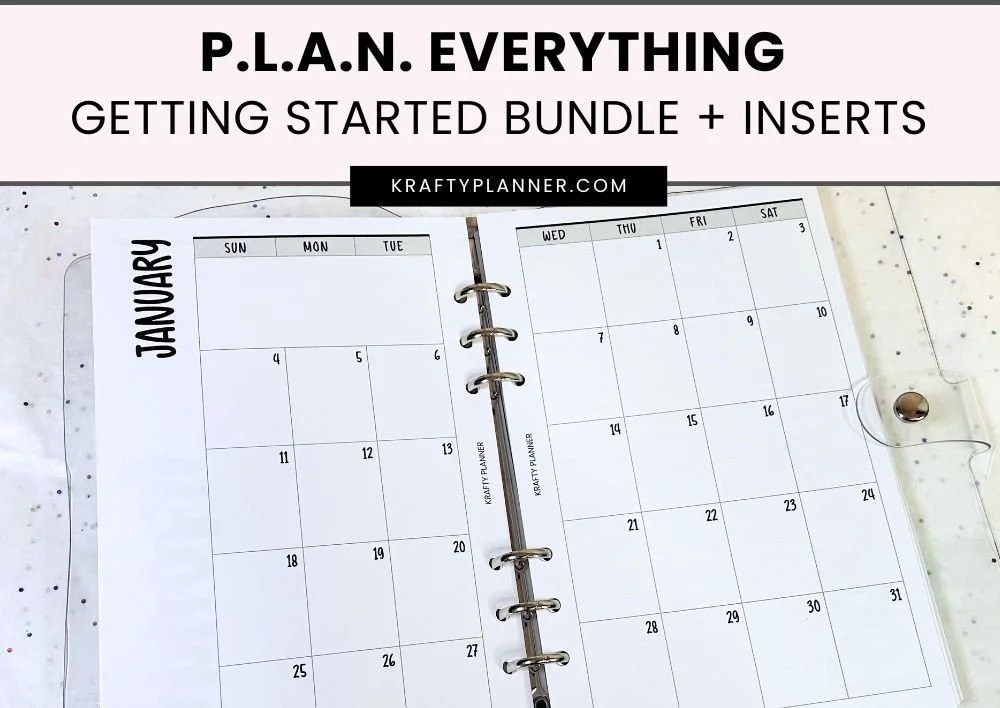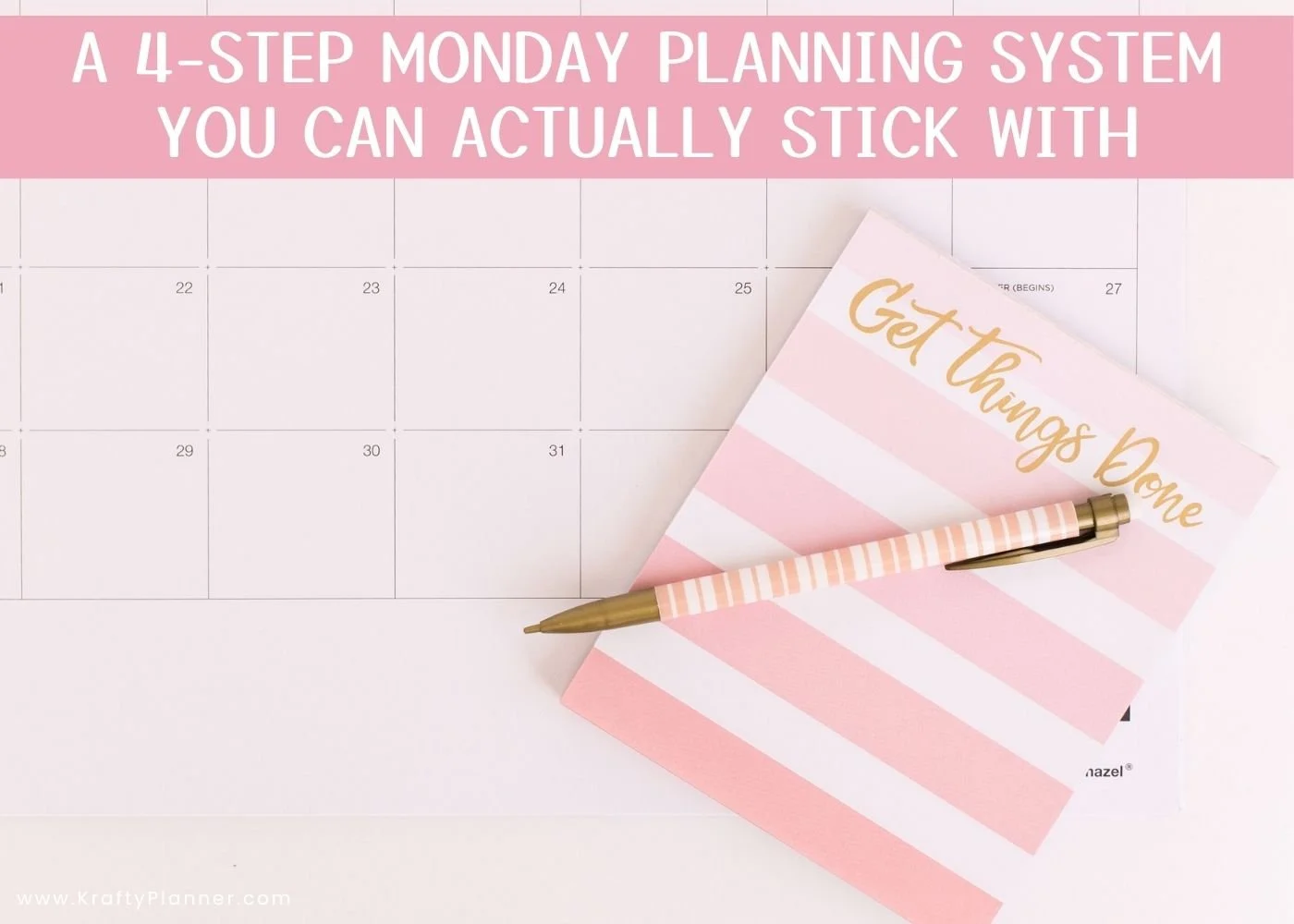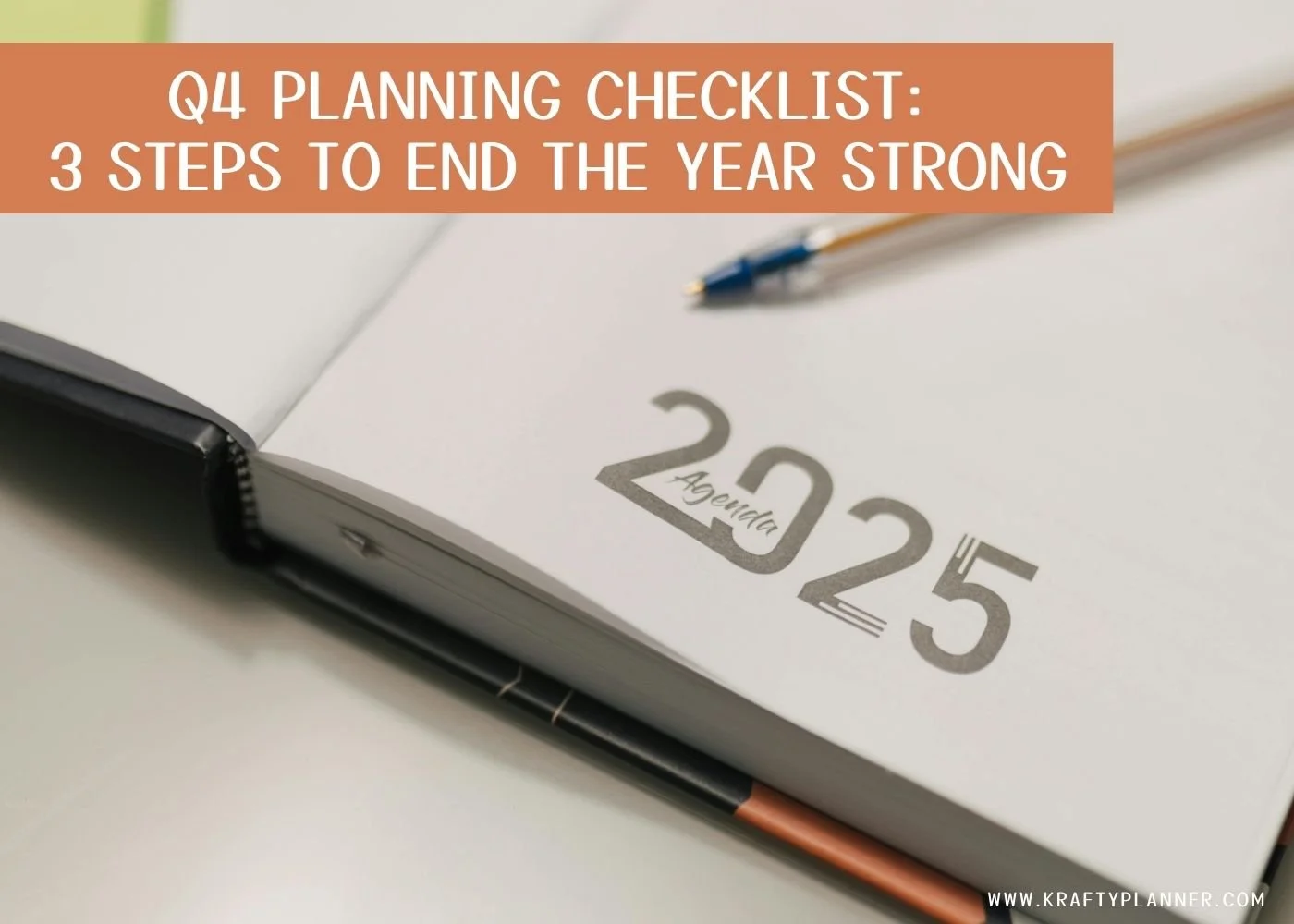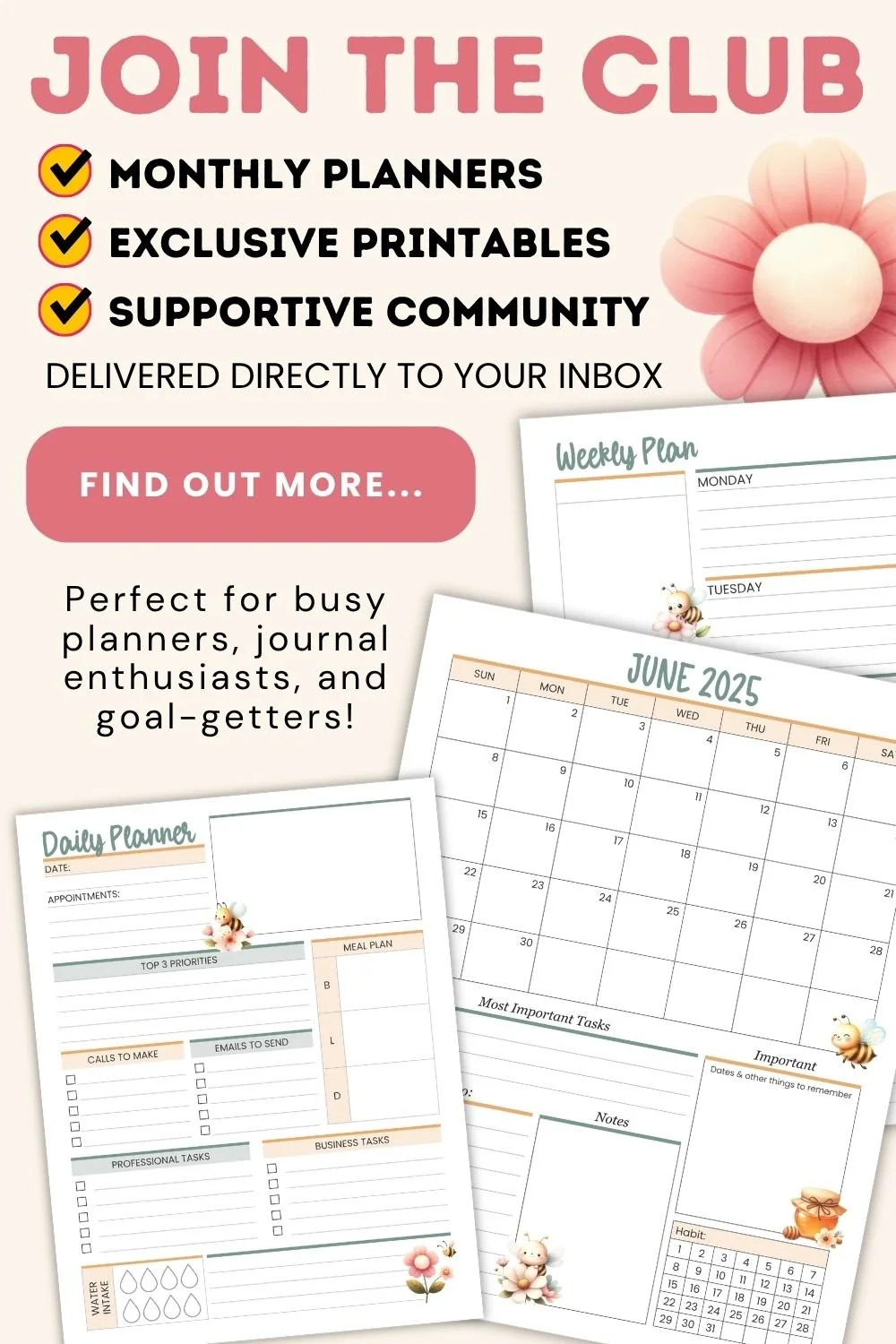20 Things to Record in Your Monthly Tracker
A habit tracker is a great way to save time and space in your planner. Instead of re-writing the same tasks multiple times per week, you can just record them once a month, then keep track daily if you've accomplished the task or not.
Why Should You Use a Monthly Habit Tracker Printable?
Using a monthly habit tracker can provide a number of benefits. Self help guru Kristi Widlak explains that using a monthly habit tracker can provide a number of benefits. Here are just a few reasons why you might want to consider using one:
Accountability: When you track your habits, you are holding yourself accountable for your actions. Seeing your progress (or lack thereof) can motivate you to continue or make changes as needed.
Awareness: Tracking your habits can help you become more aware of your actions and behaviors. You may notice patterns or trends that you were not aware of before, which can help you make positive changes.
Goal setting: Using a habit tracker can help you set goals and work toward them in a structured way. By setting specific habits to track, you can focus on making incremental changes over time.
How to Use a Monthly Habit Tracker Printable
Using a monthly habit tracker printable is simple. Here are some steps to follow:
Decide on the habits you want to track: Think about the habits you want to develop or improve upon. Be specific and choose habits that are achievable.
Choose a monthly habit tracker printable: You can find many different habit tracker printables online, or you can create your own. Choose one that fits your needs and preferences.
I share free monthly habit trackers right here on the Krafty Planner, here’s the free August 2024 trackers , and I have a bundle available in my Etsy Shop if you want to check it out.
Set up your tracker: Once you have your habit tracker, fill in the habits you want to track by writing them in the boxes or spaces provided.
There are so many things you can add to your tracker, don't feel that you need to track everything. It's a good idea to record those little tasks that you tend to forget when you're trying to form a new habit.
Monthly trackers should be used for daily tasks but they can also be used for tasks that occur every couple of days or weekly. For example, watering the plants or vacuuming.
Use your habit tracker daily: Each day, check off the habits that you have completed. If you miss a day, don’t worry. Simply start again the next day.
Evaluate your progress: At the end of the month, review your habit tracker. Look for patterns or trends in your behavior. Celebrate your successes and identify areas where you can improve.
20 Things to Record in Your Tracker
Yoga
Exercise
Gratitude log
Dink 8 glasses of water
No snacking
Posted on Instagram
Pinned on Pinterest
Posted to your Facebook page
Posted in Facebook Groups
Quick clean-up
Sweep/vacuum
No spend
Journaling
Water plants
Studied/learned a new skill
Read for a certain amount of time
In bed by a certain time
Medication and or vitamin intake
Electronics off 30 minutes before bed
No Soda, junk food, coffee, alcohol, takeout, etc.
BEFORE YOU GO:
Here are a few more posts you might like:
SHARE YOUR THOUGHTS!
Did you find this article helpful? I’d love to hear about it! Feel free to post questions in the comments below. Thanks!
See my Link Party Directory for a current list of blog parties I attend each week.
FOR PERSONAL USE ONLY – Please Read Freebies Terms of Use.
(This post may contain affiliate links. For more information, see my disclosures here.)
~ SHARE THIS POST ~
Did you like this post? Do you know someone else who might enjoy it? Please take a minute to share it on Pinterest, Facebook, or your favorite social media… Thank you!









































